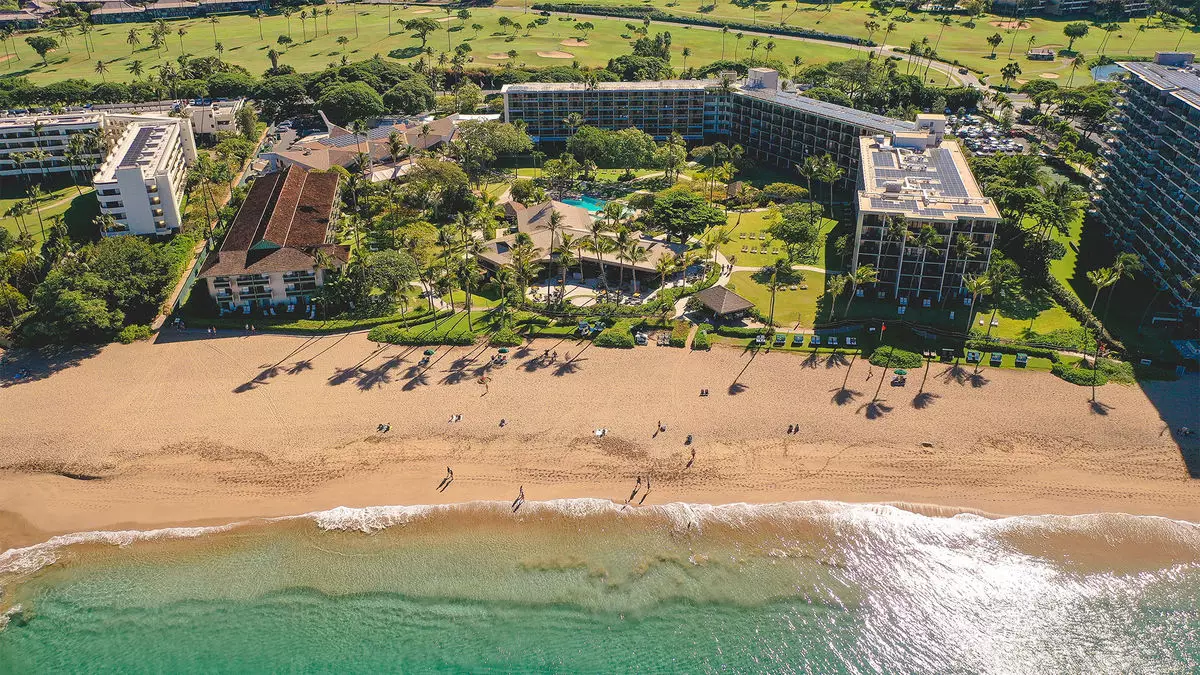The wildfires that ravaged Maui in 2023 were not just a local tragedy; they significantly disrupted the island’s thriving tourism industry, which had been recovering steadily from the impacts of the COVID-19 pandemic. With tourism being a critical pillar of Hawaii’s economy, the recent announcement from Hawaii Governor Josh Green to allocate $6.3 million in marketing funds is a strategic move aimed at revitalization efforts. The urgency of this intervention is underscored by alarming statistics—Maui has experienced the steepest decline in hotel revenue per available room (RevPAR) in the United States, plummeting by 13.2% over the last year.
The data paints a grim picture: not only did occupancy rates plummet, but the average daily rate (ADR) also took a hit. Industry analysts like Michael Stathokostopoulos from CoStar Group have stressed that these declines are significant signals of a struggling market that is yet to return to its pre-wildfire figures.
Scrutinizing the numbers reveals a concerning trend. Demand for hotel rooms in Maui had regained momentum in 2022, reaching 87% of pre-pandemic levels. However, 2024 brought an unexpected reversal, with demand retracting to just 77% of 2019 levels. A report from the Hawaii Tourism Authority indicates further challenges, as visitor counts fell by 6% from 2.49 million in 2023 to 2.35 million in 2024, marking a staggering 23.4% decline compared to 3.1 million visitors recorded in 2019. This slow recovery has raised red flags for local stakeholders and prompted discussions about strategic recovery plans.
Los Angeles remains a vital source market for Maui, accounting for 9.1% of tourist arrivals. Consequently, it is particularly concerning that wildfires in L.A. could further complicate Maui’s recovery process. James Kunane Tokioka, director of the state’s Department of Business, Economic Development and Tourism (DBEDT), has expressed the urgency of addressing these issues to ensure a robust rebound for Maui’s tourism sector.
As the tourism landscape continues to shift, industry experts offer conflicting yet insightful projections. While Stathokostopoulos forecasts a promising growth of over 5% in RevPAR over the next three years—attributed largely to the presence of high-end accommodations—he warns that occupancy rates may not see an uptick in the interim. This forecast sets the stage for a duality in the market: while price points may recover, basic demand could continue to struggle.
Yet, in the face of these challenges, there are glimpses of hope. Jeff Wagoner, CEO of Outrigger Hospitality Group, reports some signs of recovery in early 2025. His optimism is buoyed by positive occupancy trends, suggesting that while a full recovery may indeed be lengthy, the foundation for rebound is taking root. Given the stakes, there is widespread anticipation surrounding the upcoming marketing strategies derived from the newly approved funding.
While the precise marketing initiatives funded by the $6.3 million remain to be finalized, Tokioka believes there will be ripple effects throughout the Hawaiian Islands. The marketing strategy is likely to focus on enticing visitors to consider multi-island itineraries, as tourists generally express interest in experiencing diverse landscapes and attractions across Hawaii. The DBEDT recognizes the intertwined nature of tourism across the islands, highlighting that promotion of Maui will innately benefit the broader Hawaiian economy.
As potential visitors seek travel destinations that align with their expectations, Tokioka affirms that the marketing efforts will concentrate on proven channels, emphasizing the need to entice tourists back into the hospitality fold. “We need to get more heads in the beds,” Tokioka emphasizes, underscoring a clear commitment to rebuilding a devastated economy.
Maui stands at a critical juncture, navigating the complex challenges posed by recent wildfires alongside the lasting effects of a global pandemic. The combined approach of financial aid, targeted marketing, and engagement in community recovery suggests a nuanced strategy aimed at restoring Maui’s tourism economy to its former vibrancy. While obstacles remain, the commitment from government officials and industry leaders stands as a beacon of hope for the island and its resilience. A sustained focus on effective marketing combined with optimistic industry outlooks provides a pathway to recovery that could revive Maui’s rich legacy as one of the most sought-after travel destinations in the world.


Leave a Reply